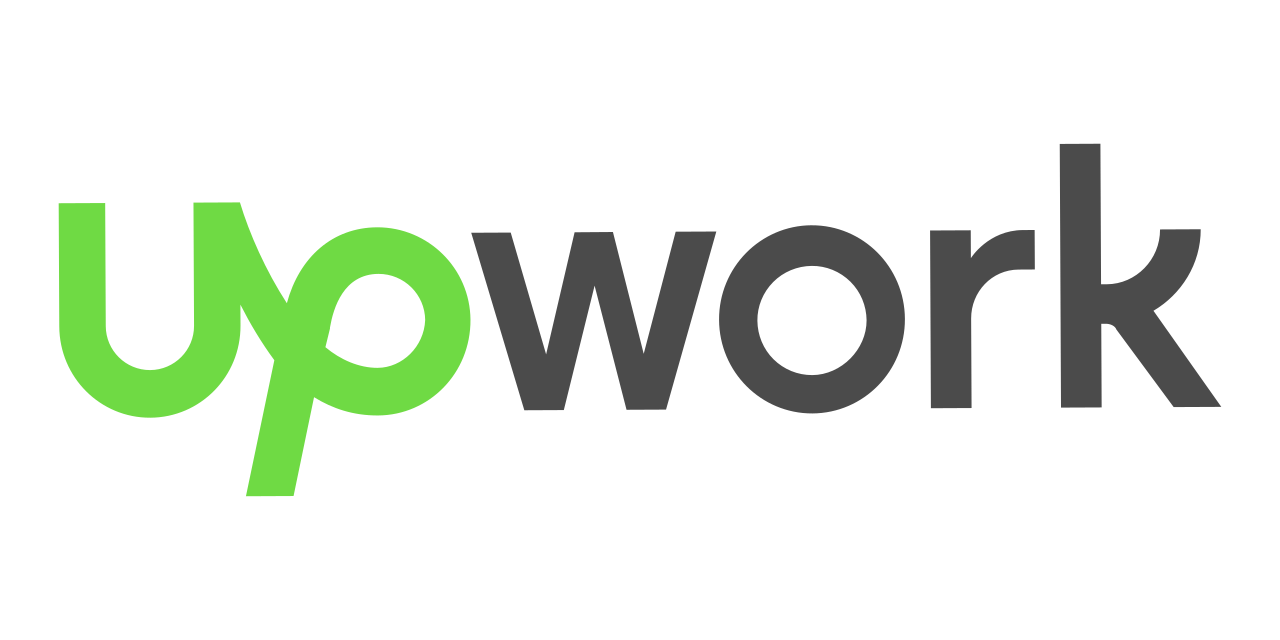In the fast-paced world of digital marketing, email remains one of the most powerful tools for connecting with your audience. But simply sending emails isn’t enough — the key lies in optimization. Optimizing your email campaigns helps you improve open rates, click-throughs, and conversions, while ensuring that your messages actually resonate with your subscribers.
Whether you’re a startup, an established business, or a marketer refining your strategy, here’s how to optimize your email campaigns for maximum impact.
1. Define Clear Campaign Goals
Before crafting your emails, ask yourself: What do you want to achieve?
-
Is it driving traffic to your website?
-
Promoting a new product or offer?
-
Building relationships and trust?
-
Gathering customer feedback?
Clear goals shape your content, audience segmentation, and performance metrics. Without a goal, optimization becomes guesswork.
2. Segment Your Audience
Sending the same message to your entire email list is no longer effective. Audience segmentation is a game-changer. Break down your list based on:
-
Demographics (age, location, job title)
-
Purchase behavior
-
Engagement levels (active vs inactive)
-
Interests or preferences
This allows you to tailor your content to each group, making your emails more relevant and increasing engagement.
Pro tip: Use tools like Mailchimp, ActiveCampaign, or HubSpot to automate segmentation based on subscriber activity.
3. Craft a Strong Subject Line
Your subject line is your first (and sometimes only) chance to make an impression.
Best practices:
-
Keep it short (under 50 characters)
-
Create curiosity or urgency
-
Use numbers or questions
-
Avoid spammy words (e.g., “Buy now”, “Free!!!”)
Example:
Instead of “New Deals Inside”
Try: “Get 25% Off – Ends Tonight!”
Also, A/B test your subject lines to learn what resonates most with your audience.
4. Focus on Value-Driven Content
Once they open your email, your content should deliver value immediately.
-
Address your reader’s pain points or needs
-
Offer helpful resources (e.g., guides, videos, discounts)
-
Keep it concise and scannable
-
Use bullet points and short paragraphs
-
Always have a clear call to action (CTA)
Example CTA: “Download Your Free Guide” or “Book Your Free Demo”
Remember: Every email should answer “What’s in it for the reader?”
5. Test Everything (A/B Testing)
Email optimization is never complete without A/B testing. Test these elements one at a time:
-
Subject line
-
Sender name (Brand vs. Personal)
-
CTA button text or placement
-
Email layout/design
-
Sending time or day
Track performance over time and apply insights to future campaigns.

6. Optimize for Mobile
Over 60% of emails are opened on mobile devices. If your emails aren’t mobile-optimized, you’re missing out on conversions.
Make sure your email:
-
Has a responsive design
-
Uses large, readable fonts
-
Features buttons big enough to tap
-
Loads quickly
Test across multiple devices and email clients before hitting send.
7. Send at the Right Time
Timing can greatly affect your open and click-through rates. There’s no universal best time, but generally:
-
Tuesdays and Thursdays between 9 AM and 11 AM perform well
-
Avoid weekends unless you’re in entertainment or retail
Use your campaign analytics to identify when your audience is most responsive.
8. Track, Analyze, and Improve
Your email marketing platform likely gives you insights like:
-
Open rate
-
Click-through rate (CTR)
-
Bounce rate
-
Unsubscribe rate
-
Conversion rate
Analyze each campaign to identify what worked and what didn’t. Then optimize based on your findings.
Example:
If your CTR is low, improve your CTA placement or wording.
9. Ensure Compliance (GDPR, CAN-SPAM)
Email marketing laws are strict. Always:
-
Include an unsubscribe link
-
Don’t buy email lists
-
Get explicit consent before sending
-
Be transparent about how you use data
Maintaining compliance builds trust and keeps your campaigns safe from legal issues.
10. Use Automation Wisely
Automation helps you scale without losing personalization. You can set up:
-
Welcome email sequences
-
Cart abandonment emails
-
Post-purchase follow-ups
-
Re-engagement campaigns
Use behavior-based triggers to send the right message at the right time.
Final Thoughts
Optimizing your email campaigns isn’t a one-time job — it’s a continuous cycle of testing, learning, and improving. By applying the strategies above, you’ll not only boost your metrics but also create a deeper connection with your audience.
Remember: A well-optimized email campaign isn’t about sending more emails — it’s about sending better ones.




